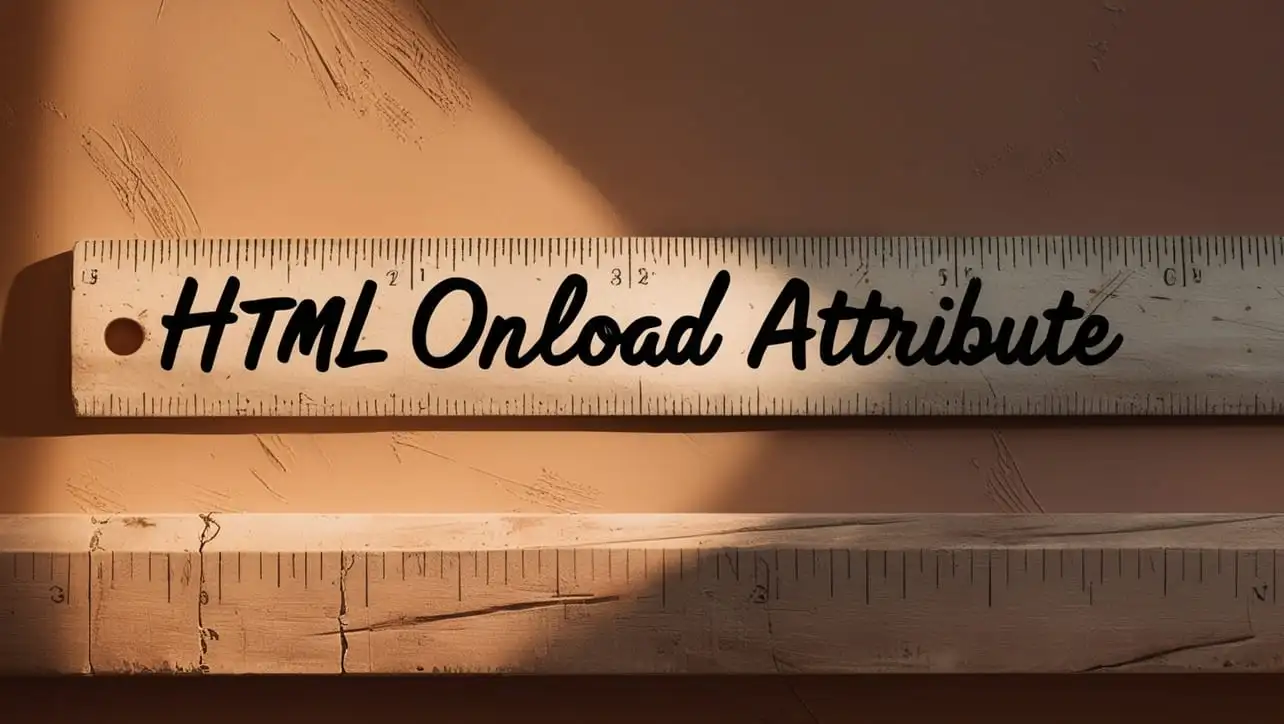
HTML Topics
- HTML Intro
- HTML Basic
- HTML Editors
- HTML CSS
- HTML Tags
- HTML Deprecated Tags
- HTML Events
- HTML Event Attributes
- HTML Global Attributes
- HTML Attributes
- abbr
- accept
- accept-charset
- accesskey
- action
- align
- alt
- archive
- as
- async
- autocapitalize
- autocomplete
- autofocus
- autoplay
- axis
- bgcolor
- border
- cellpadding
- cellspacing
- char
- charoff
- charset
- checked
- cite
- class
- classid
- codebase
- codetype
- color
- cols
- colspan
- compact
- content
- contenteditable
- controls
- coords
- crossorigin
- data
- data-*
- datetime
- declare
- default
- defer
- dir
- dirname
- disabled
- download
- draggable
- enctype
- enterkeyhint
- for
- form
- formaction
- formenctype
- formmethod
- formnovalidate
- formtarget
- frame
- frameborder
- frameset
- headers
- height
- hidden
- high
- href
- hreflang
- hspace
- http-equiv
- id
- inert
- inputmode
- ismap
- kind
- label
- lang
- list
- loop
- low
- max
- maxlength
- media
- method
- min
- multiple
- muted
- name
- novalidate
- onabort
- onafterprint
- onbeforeprint
- onbeforeunload
- onblur
- oncanplay
- oncanplaythrough
- onchange
- onclick
- oncontextmenu
- oncopy
- oncuechange
- oncut
- ondblclick
- ondrag
- ondragend
- ondragenter
- ondragleave
- ondragover
- ondragstart
- ondrop
- ondurationchange
- onemptied
- onended
- onerror
- onfocus
- onhashchange
- oninput
- oninvalid
- onkeydown
- onkeypress
- onkeyup
- onload
- onloadeddata
- onloadedmetadata
- onloadstart
- onmousedown
- onmousemove
- onmouseout
- onmouseover
- onmouseup
- onmousewheel
- onoffline
- ononline
- onpagehide
- onpageshow
- onpaste
- onpause
- onplay
- onplaying
- onpopstate
- onprogress
- onratechange
- onreset
- onresize
- onscroll
- onsearch
- onseeked
- onseeking
- onselect
- onstalled
- onstorage
- onsubmit
- onsuspend
- ontimeupdate
- ontoggle
- onunload
- onvolumechange
- onwaiting
- onwheel
- open
- optimum
- pattern
- placeholder
- popover
- popovertarget
- popovertargetaction
- poster
- preload
- readonly
- rel
- required
- reversed
- rows
- rowspan
- sandbox
- scope
- selected
- shape
- size
- sizes
- span
- spellcheck
- src
- srcdoc
- srclang
- srcset
- start
- step
- style
- tabindex
- target
- title
- translate
- type
- usemap
- value
- width
- wrap
- HTML Comments
- HTML Entity
- HTML Head
- HTML Form
- HTML IndexedDB
- HTML Drag & Drop
- HTML Geolocation
- HTML Canvas
- HTML Status Code
- HTML Language Code
- HTML Country Code
- HTML Charset
- MIME Types
HTML onload Attribute

Photo Credit to CodeToFun
🙋 Introduction
The onload attribute is a powerful feature in HTML that allows developers to specify a JavaScript function to execute when a webpage finishes loading.
This attribute is often used to trigger actions that require the complete rendering of the page, making it a valuable tool for enhancing user experience and interactivity.
🎯 Purpose of onload
The primary purpose of the onload attribute is to define a JavaScript function that will be executed when the entire webpage, including all its resources, has finished loading.
This is particularly useful for scenarios where you need to perform actions after the page is fully rendered, such as initializing scripts, loading additional content, or setting up event handlers.
💎 Values
The onload attribute accepts a JavaScript function as its value.
This function will be executed when the load event is fired, indicating that the entire page, including images, stylesheets, and scripts, has been loaded.
📄 Example
Let's look at a simple example of how to use the onload attribute in an HTML document:
<!DOCTYPE html>
<html lang="en">
<head>
<meta charset="UTF-8">
<title>Onload Example</title>
<script>
// JavaScript function to be executed on page load
function onPageLoad() {
alert("Page loaded successfully!");
// Additional initialization or actions can be performed here
}
</script>
</head>
<body onload="onPageLoad()">
<!-- Your webpage content goes here -->
</body>
</html>🧠 How it Works
In this example, the onload attribute is set on the <body> element, and it references the JavaScript function onPageLoad().
When the page finishes loading, the onPageLoad function will be triggered, showing an alert in this case.
🔄 Dynamic Values with JavaScript
Similar to other attributes, the onload attribute can be dynamically set or modified using JavaScript.
This allows you to customize the behavior based on specific conditions or user interactions. Here's a brief example:
<script>
// Dynamically set the onload attribute for the body element
document.body.onload = function() {
console.log("Dynamic onload function executed!");
// Additional dynamic actions can be performed here
};
</script>🧠 How it Works
In this script, a JavaScript function is assigned to the onload property of the <body> element, providing flexibility in handling page load events dynamically.
🏆 Best Practices
- Use the
onloadattribute for actions that depend on the complete loading of the webpage, such as initializing JavaScript scripts or loading additional content. - Be mindful of potential performance implications, especially when executing complex operations on page load.
- Consider using modern JavaScript event handling methods, such as addEventListener, for more flexibility and separation of concerns.
🎉 Conclusion
The onload attribute is a valuable tool for executing JavaScript functions after a webpage has fully loaded.
By leveraging this attribute, you can enhance the interactivity and responsiveness of your web pages.
👨💻 Join our Community:
Author

For over eight years, I worked as a full-stack web developer. Now, I have chosen my profession as a full-time blogger at codetofun.com.
Buy me a coffee to make codetofun.com free for everyone.
Buy me a Coffee












If you have any doubts regarding this article (HTML onload Attribute), please comment here. I will help you immediately.